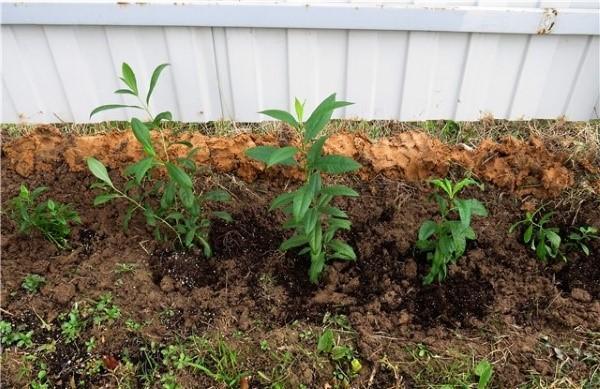Correct planting of phlox is the key to their health and lush flowering
 Phlox gained their popularity not only due to their unpretentious nature, but also due to their abundant and long flowering. Did you know that improper planting of phlox can negate all efforts? Even large-flowered varieties will not live up to your expectations if you do not initially provide them with comfortable conditions. These plants have a powerful rhizome. Accordingly, they need to be provided with enough space for development.
Phlox gained their popularity not only due to their unpretentious nature, but also due to their abundant and long flowering. Did you know that improper planting of phlox can negate all efforts? Even large-flowered varieties will not live up to your expectations if you do not initially provide them with comfortable conditions. These plants have a powerful rhizome. Accordingly, they need to be provided with enough space for development.
Experienced flower growers have long been convinced in practice that having planted phlox not deep enough, they will not see large flower caps. In addition, a shallow planting can even provoke the death of a flower. It will rain, such a phlox will get wet, and after frost it will simply stick out to the surface, and the rhizome will tear. It is not difficult to guess that the flower will not survive the winter in this form. How not to miscalculate and allow the flowers to take root and show all their beauty? Let's start with the main thing.
How deep to plant phlox
The depth of the planting pit should be at least 25 cm. Firstly, the phlox itself, or rather their roots, need about 20 cm. Secondly, a layer of fertilizer is needed at the bottom of the hole (on average, about 5 cm). Without them, the plants will take root, but they are unlikely to please with high-quality flowering.
When choosing a place in the garden, focus on a specific variety. Phlox grows well both in the sun and in the shade, but some species have their own preferences. For example, Marie's scarlet phlox retains its rich color in the sun. But the Zephyr variety burns out, completely losing its characteristic pale purple center and becoming pure white.
How to fertilize phlox when planting
Starting top dressing plays a significant role, because the planted cuttings usually bloom already in the current season. So that a lot of buds are tied, and the flowers are large, add a full complex flower fertilizer.
In addition, it is important to consider the composition of the soil in the garden. On heavy loam, it will be difficult for the roots to punch their way, and phloxes will develop slowly. To loosen and enrich the soil in this case, add sand and peat, as well as organic matter to the planting pit.
Planting phlox: doing everything right
So, fertilizer and seedlings have been purchased, you can start planting:
- Pour fertilizer at the bottom of the hole.
- Toss them with earth.
- Cover with a layer of soil (about 5 cm).
- Place a bush on top.
- Cover with earth.
- Water and mulch.
Do not forget that phlox growth points should remain underground, and not above it. In addition, all peduncles must be ruthlessly broken. They will take away the force for setting seeds, and we need the phlox to take root before the frost.